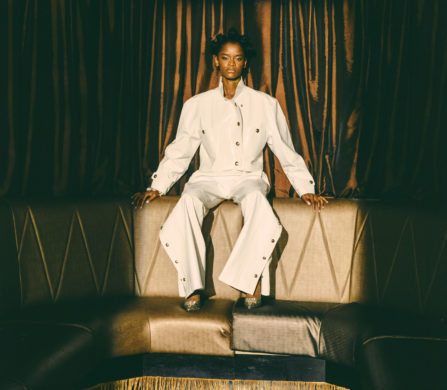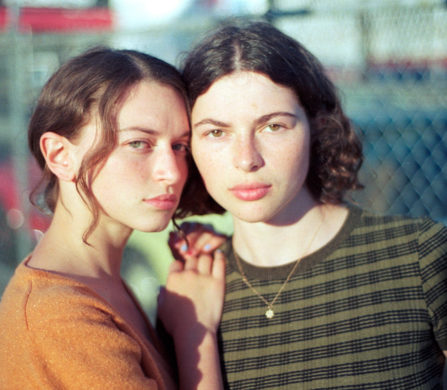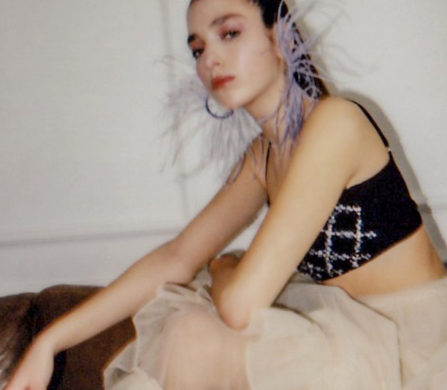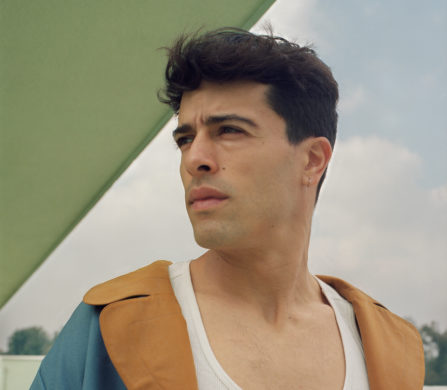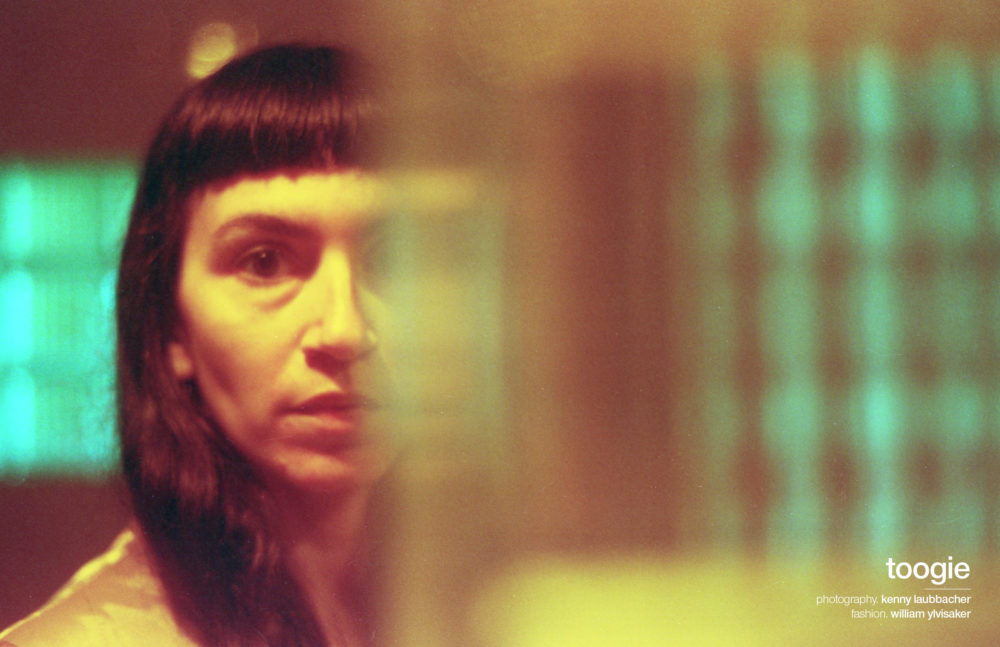
If you’ve seen Dua Lipa’s much-acclaimed music videos for “New Rules” and “Electricity,” then you are certainly no stranger to Teresa “Toogie” Barcelo’s compelling choreography. With her dance expertise and pop culture scope, Toogie has secured a praiseworthy position on the Billboard’s list for Top 12 Most Iconic Choreographers of the Decade. Toogie has also choreographed creatives such as Tove Lo, Calvin Harris, Diplo, Perfume Genius, Troye Sivan. But her commendable achievements do not stop here.
Drawing from classical, contemporary and urban techniques in her choreography, Toogie is undeniably able to effortlessly adapt herself to any creative context. In doing so, her compositions feature powerful and spiritual movements that are pioneering in nature. In the midst of these projects, Schön! caught up with Toogie to discuss her career and choreography, her inspirations, self-acceptance, confidence, and body positivity.
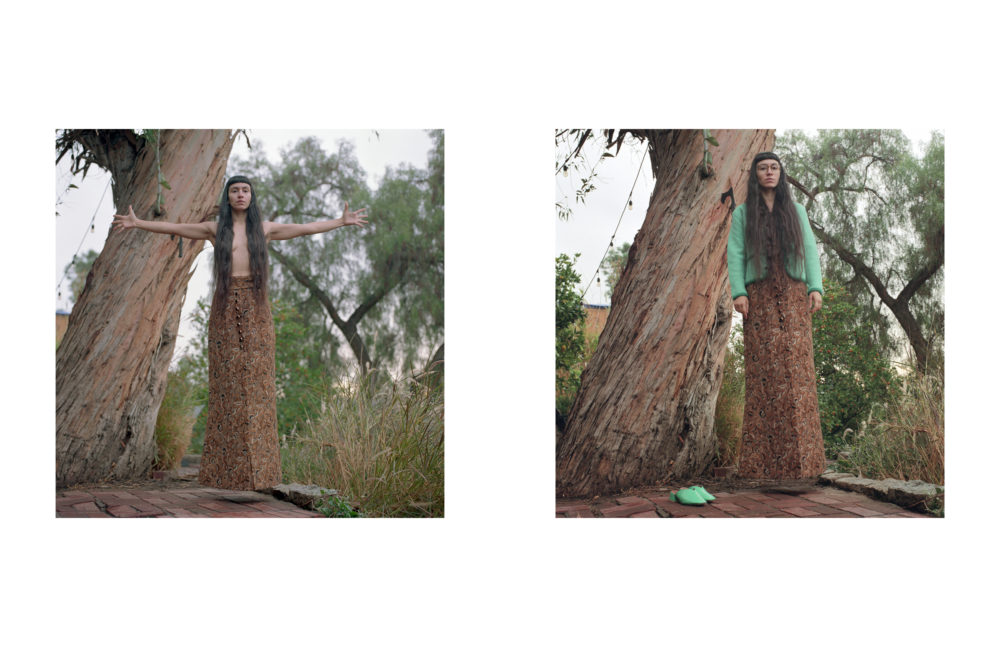 How did you first get into dancing and when did you realise that it could be a career for you?
How did you first get into dancing and when did you realise that it could be a career for you?
My mother was a professional flamenco dancer. My earliest memory is of her showing me how to circle my wrists and wiggle my fingers while I sat in my stroller. I’ve always had a deep need for movement. I grew up knowing that I would dance forever. I didn’t know exactly how but I knew that I would figure it out. I don’t remember ever not knowing that it’s my purpose. My mother was a dancer from Madrid, Spain and my father a musician form Matanzas, Cuba so I think it’s just in my DNA.
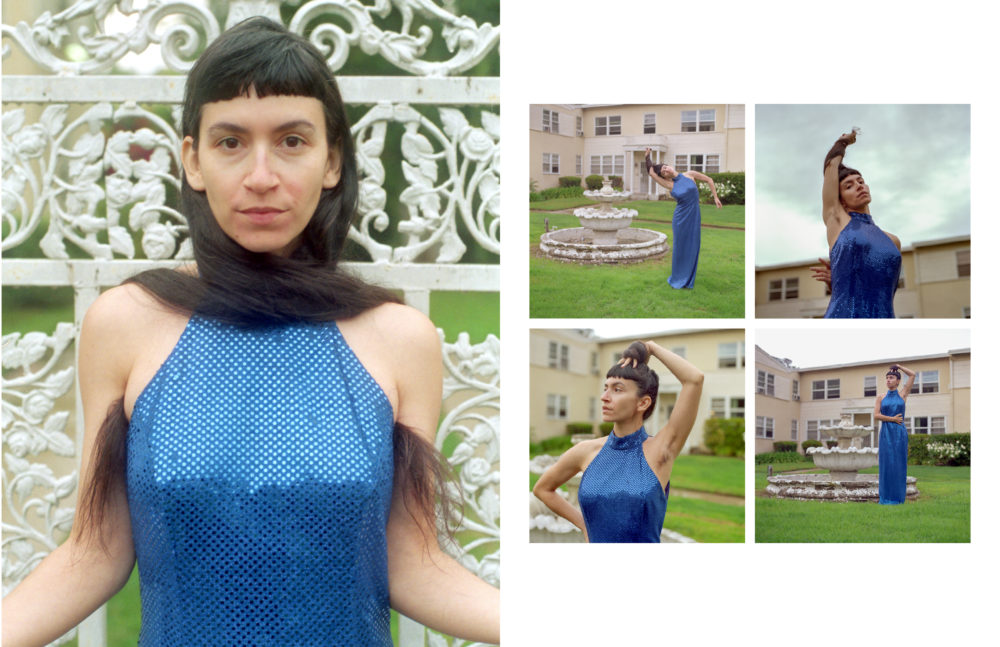
How did you think your background as Cuban/Spaniard and a Miami native influences your choreography?
In Miami when you go to your auntie’s house for a family dinner it turns into a dance party that lasts till 4 am, every time, even the kids. Friends and family whip out percussion instruments to play along and we get down. Improvisation and play are a huge part of my work and that was my first exposure to it. There’s such a beautiful mix of cultures there. Cuban, Spanish, Haitian, Jamaican, African, and Brazilian to name a few that left an impression on me through dance. Miami exposed me to a really broad spectrum of identities, movement, and sound. Miami is also big on individuality and having your own style. Whether in the cypher or conservatory or magnet program self-expression was a high priority. Even though I think having one’s own style is inevitable so it’s kinda funny. I like flamingos because I grew up seeing them at the race track. I love the Miami ocean, water is a running theme in my movement too.
Where do you usually get your inspiration from? Are there any particular dancers you feel particularly inspired to?
Everywhere. It might sound vague but it’s a real answer. Life is a continuous stream of inspiration. Matter, atoms, gravity, electricity, dinosaurs, ghosts, animals, neuroscience, dreams, the sensory experience of being alive on earth, a mistake, a happy accident, death, waves, breath, rambling, wiggling, sound, people, the first chunk of things to come up when asked where I pull inspiration from.
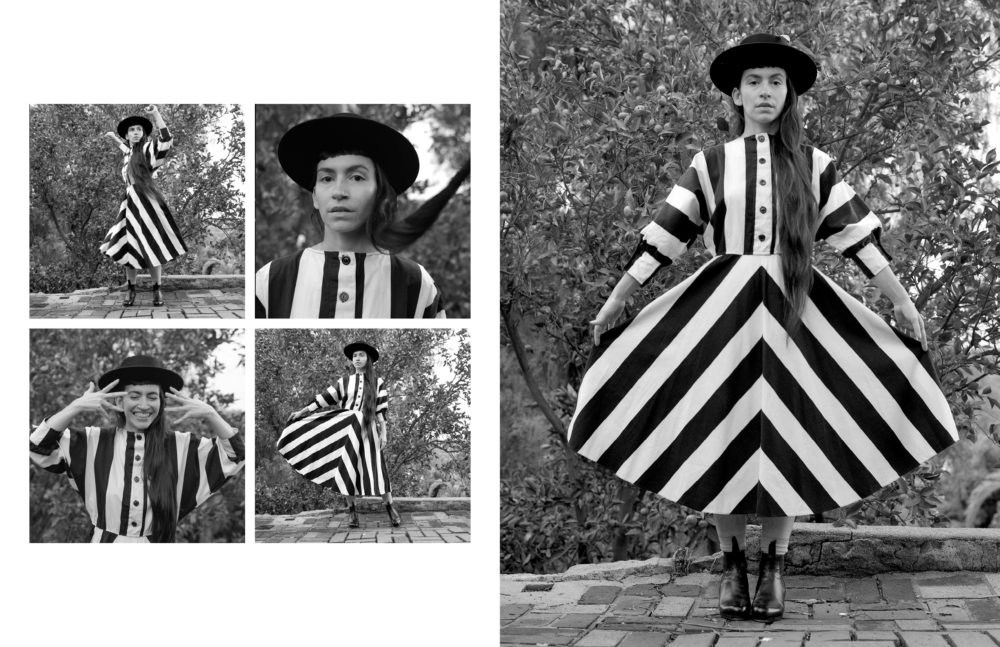
Can you describe to us the creative process behind your choreography?
I have different approaches for different situations. It usually involves listening to the song/songs I’m choreographing like a thousand time so I can get to know the music thoroughly and fall deeply in love with it. Wiggling around imagining movement concepts. And then naming them, oozing isness or figure 8 undulate or polyrhythmic zigzag. In the last video I did with Tove, one of the moves is called “stripper with an ending”. For my personal work, my process involves awareness, meditation, improvisation and listening to the bodies I’m working with.
Is there a common thread in your choreography, especially in the case of Dua Lipa’s New Rules and Electricity?
I like leaving space for people to be themselves effortlessly. I use a lot of natural gestures, and like to dip between moving to the sounds and illustrating the lyrical narrative. Because of all my experience in site-specific dance, I love to interact with a place. Dancing with the world instead of on it. I’d say the common thread between New Rules and Electricity was my guidance and support for Dua to be her amazing self freely and fully.
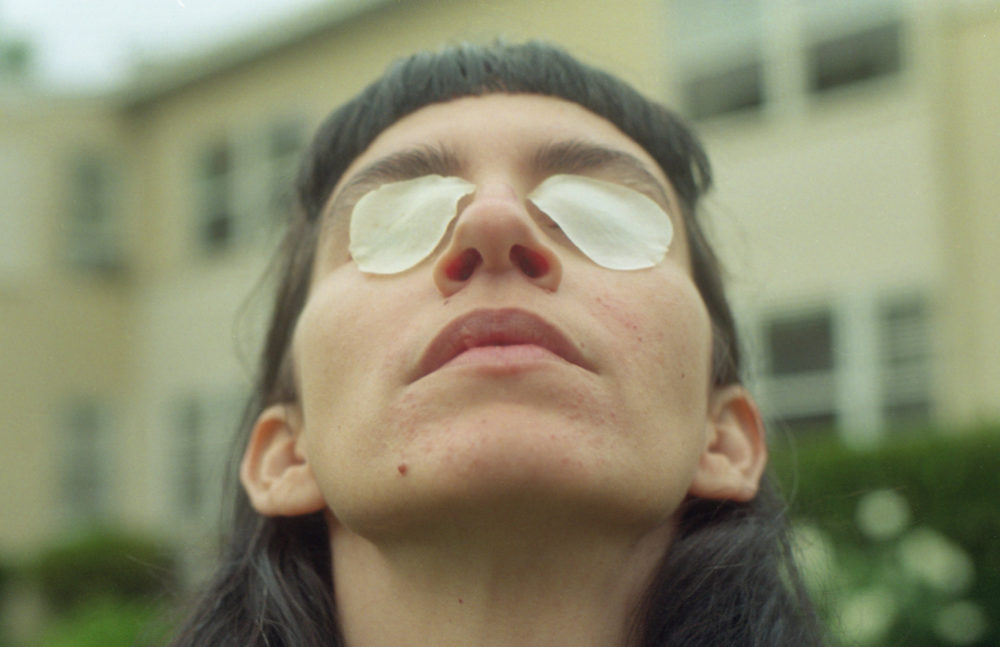
How do you approach self-confidence and body positivity? How do you implement these in your choreography?
I’m a big fan of nature. There is nothing more beautiful than nature. So I try to be as natural as possible. I don’t shave or wear make-up because I don’t feel the need to change my naturalness in order to feel beautiful. I only eat plants and my body is healthier thus happier. It’s simple. I think our bodies are the most miraculously designed things in this universe and I just feel lucky to have one. There is only one you. Embrace whatever that is. I do. In my work I use people of all shapes, genders, colours and ages.
In your opinion, what makes a choreography powerful and stand out?
Commitment and subtext.
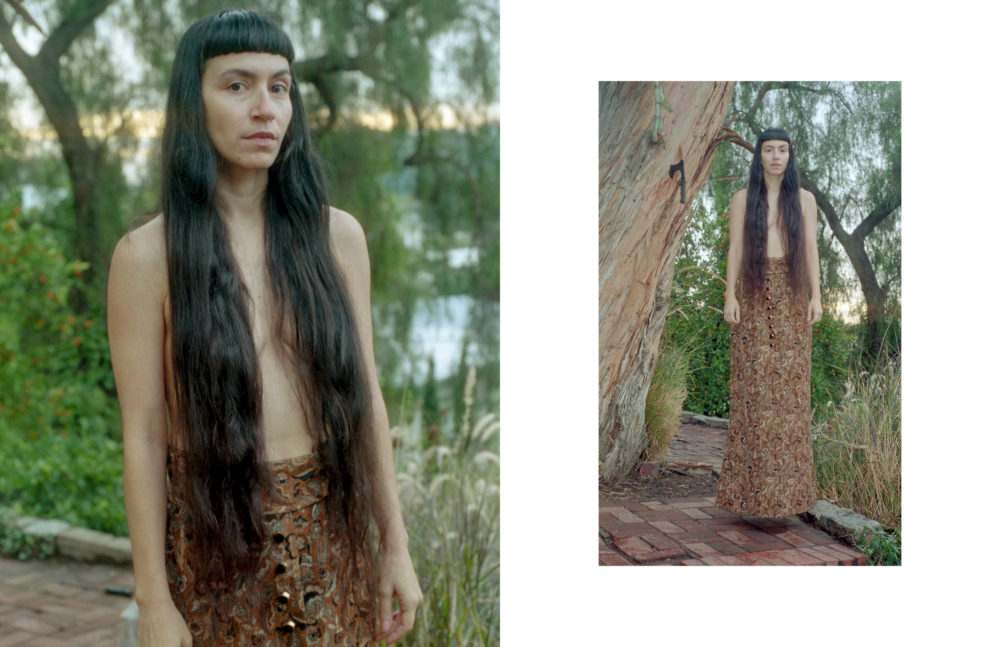
Besides working with Dua Lipa, you’ve also worked with Tove Lo, Sean Paul, Perfume Genius and Troye Sivan. How have these experiences been?
All of the artists I have worked with have been sweet, genuine, hardworking and uber-talented. There’s a reason why those people are where they are. I tailor my process to each person differently based on what I feel from them and its always such a satisfying experience getting to know and grow with these people through the process.
Are there any artists you wish to work with in the future?
Thom Yorke, Björk, Jim Carey or Rosalía are the first that come to mind. But really anyone who wants to get a little weird.
What has been the most memorable moment in your dance career?
As a dancer, it was when I got to perform a solo with one of my favourite bands M83 in Paris. As a human, it was when my dad teared up after he saw my first one-woman show Z-minus when I was 21. I only had seen my dad cry once before and that was during Forest Gump.
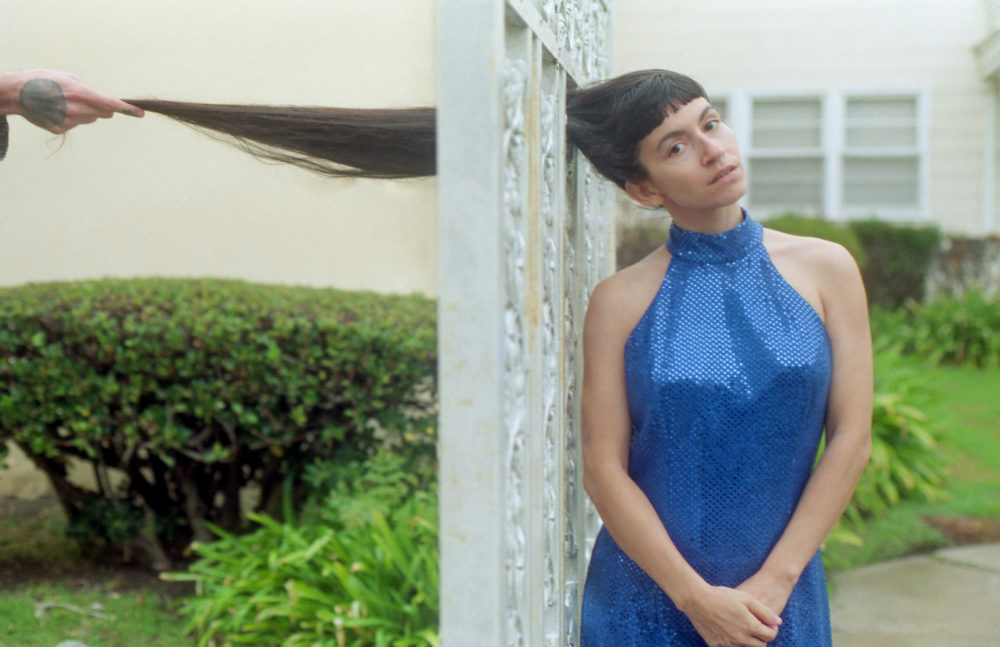
What has been the most challenging aspect of your career so far?
Dealing with the objectification of women.
If you could change one thing in the industry, what would it be?
I would get more awesome women in positions of leadership.
What are you most looking forward to in 2020 and what can we expect from you?
Super excited that I’ll be working with some new friends like Harry Styles, Miguel, Lauv, Alina Baraz and Tei Shi this year. I’ll also be premiering some new live/video work in collaboration with composer Joe Berry. A collaboration with Miami friend artist Jillian Mayer is also in the works.
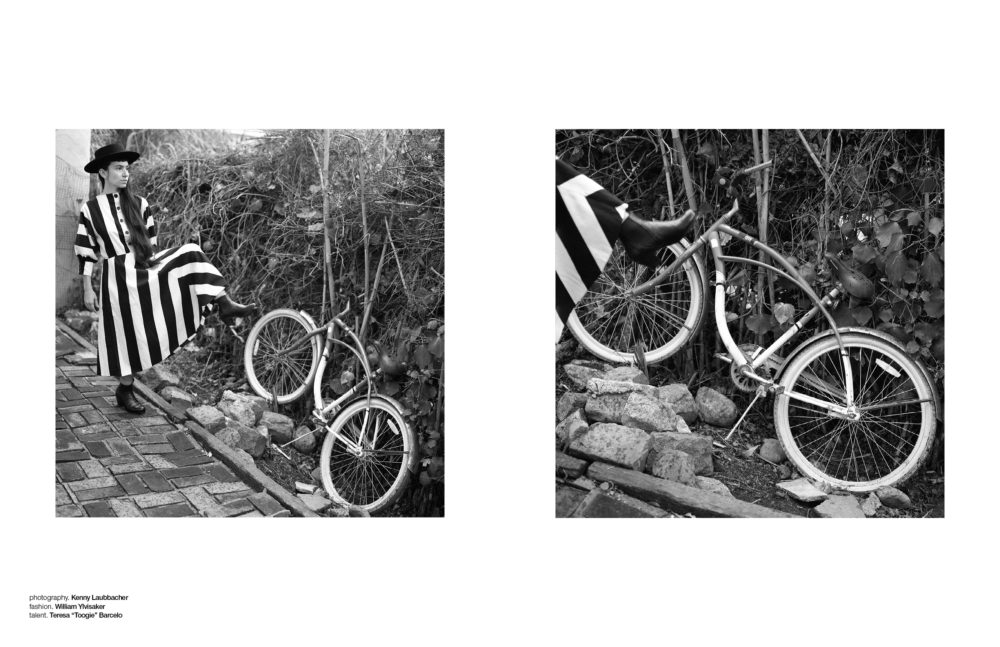
This Schön! online exclusive has been produced by
photography. Kenny Laubbacher
fashion. William Ylvisaker
talent. Teresa “Toogie” Barcelo
words. Edwin Boadu


Schön! Magazine is now available in print at Amazon,
as ebook download + on any mobile device














